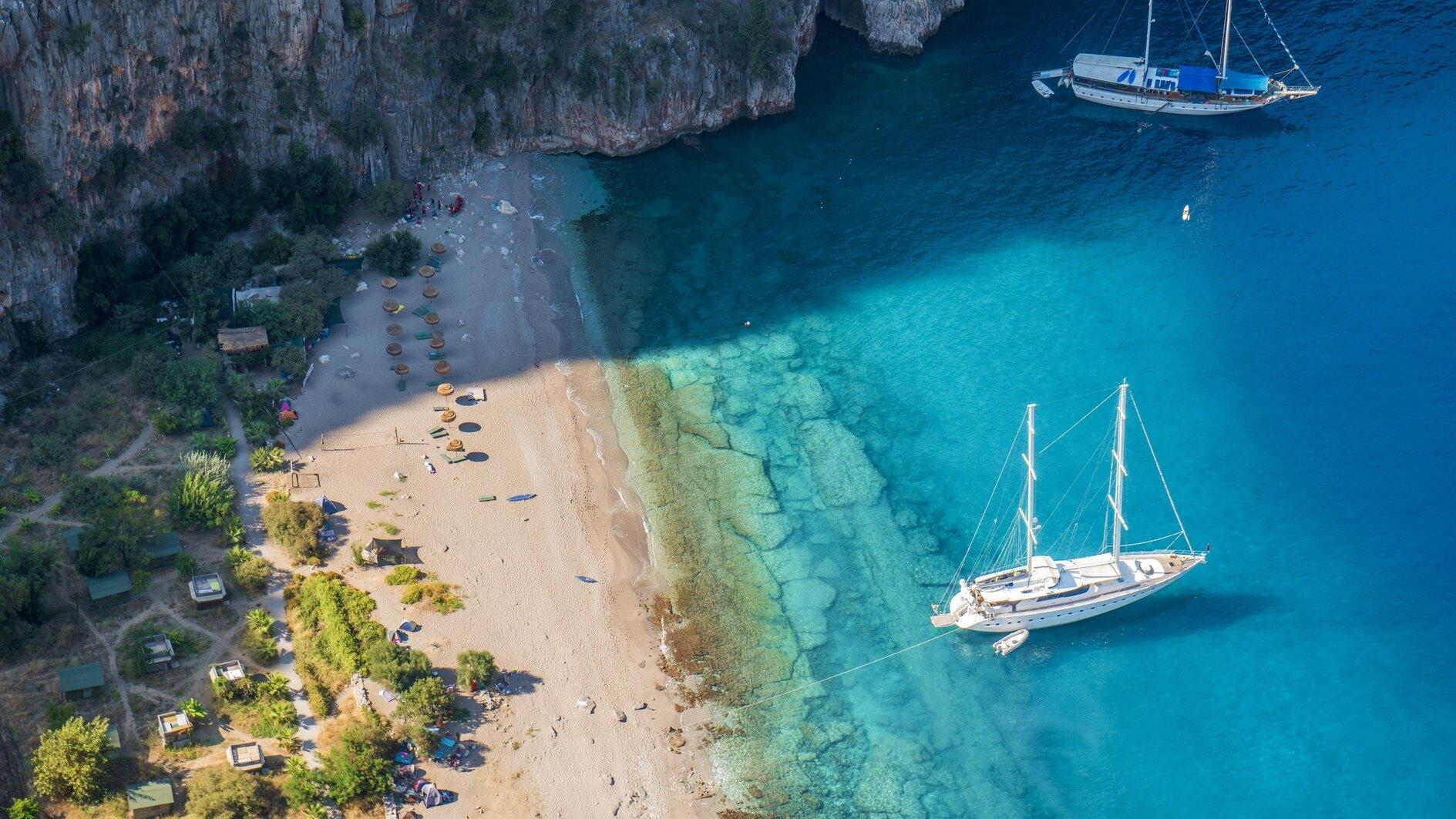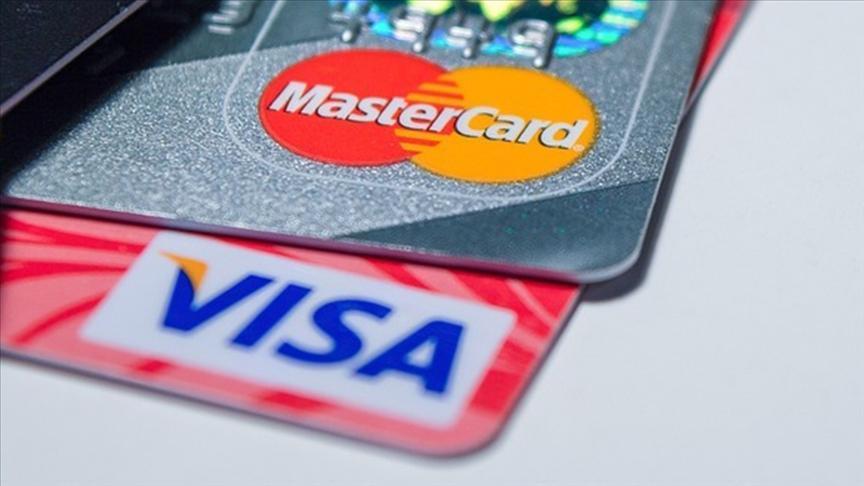The untenable quadrangle: NATO-US-Russia-Europe
Russian annexation of Crimea and the ongoing crisis in Ukraine has heightened security concerns of several countries from Baltic to Eastern Europe and from the Caucasus to the Central Asia. NATO’s inability to prevent violations of territorial integrity of its partners, first in Georgia and then in Ukraine, has raised questions about its role and effectiveness in today’s world.
Since the end of the Cold War, NATO has been busy transforming itself, as well as expanding to include new members and new missions on the face of emerging new threats. Along the way, NATO has gone beyond its original mandate, both geographically and conceptually. Yet, its presence in Eastern Europe and beyond today is far from providing assurance to its allies and partners that feel threatened after Russian aggression in Crimea.
At the end of the Cold War, rather than perceiving each other as adversaries, NATO and Russia agreed to work together to contribute to the creation of common and inclusive security in Europe. The establishment of the North Atlantic Cooperation Council (later Euro-Atlantic Partnership Council) was followed by the joining of Russia to the Partnership for Peace Program in 1994. Then, the NATO-Russia Founding Act on Mutual Relations, Cooperation and Security was signed on May 27, 1997. Finally, the NATO-Russia Council was created in 2002. All these aimed at pacifying the West’s relations with its former adversary: the Russian Federation.
At the same time, the U.S. has downsized its military presence in Europe as a result of the heavy burden of a military build-up and the emerging priorities of U.S. foreign policy elsewhere. Yet, the U.S. has continued to shoulder a higher share of NATO’s defense expenditures into the 21st century.
According to 2013 NATO Annual Report, the U.S. was contributing 73 percent –increased from 68 percent in 2007– of NATO’s defense expenditures, while 27 members were sharing the rest. The U.S. has long wished to transfer its responsibilities to the Europeans themselves gradually and focus on the Asia-Pacific region, where China is rising as a new challenge.
Russian-West relations started to sour with the Kosovo war and took a slow, but unmistakably downhill trajectory since then. Currently, the Ukrainian crisis is forcing NATO and the U.S. to reconsider their policies vis-à-vis Russia and possibly increase their military presence in Eastern Europe. U.S. President Barack Obama has already promised to bolster NATO’s role in the region, and, after an emergency meeting in Brussels, instructed the U.S. military to plan exercises in Poland and Estonia.
Beyond the military preparations, representatives of the U.S., EU, Russia and Ukraine met in Geneva on April 17 to find a diplomatic solution to the ongoing crisis. Although the parties agreed on a deal to ease the tension, an attack at the Slavyansk checkpoint three days later, killing three people, showed that there is no easy way out. The Russian deployment of 40,000 troops along the border undermines any moves from Kyiv towards easing the situation. Besides, Ukraine’s long standing internal divisions and deep seated suspicions prevent a painless solution.
Russia’s annexation of Crimea and threat to move further into Ukrainian territory should be taken as serious warnings for European security as a whole and a challenge for NATO’s future positioning globally. Thus, like the consensus on deciding NATO’s new Secretary General, former Norwegian Prime Minister Jens Stoltenberg, the member countries should take the Russian aggression seriously and find a way to prevent it going further. Otherwise, we might be soon facing a new Cold War at the doorsteps of Europe, and no amount of good intentions and attempts at avoiding it could prevent such an eventuality.











